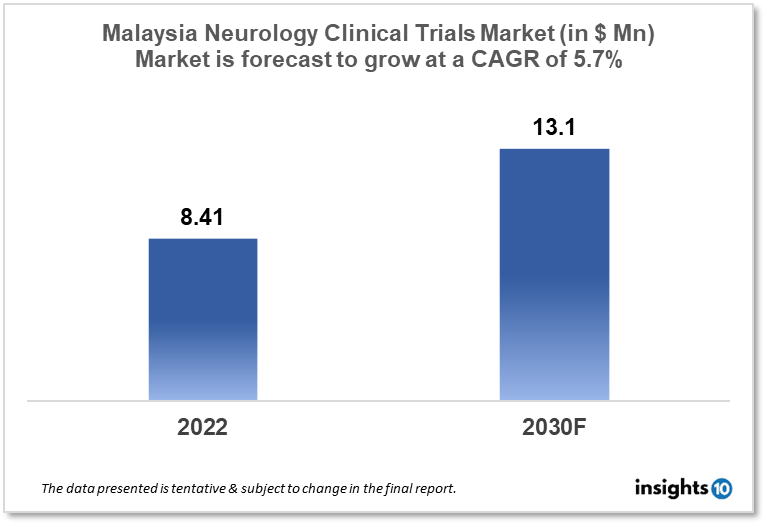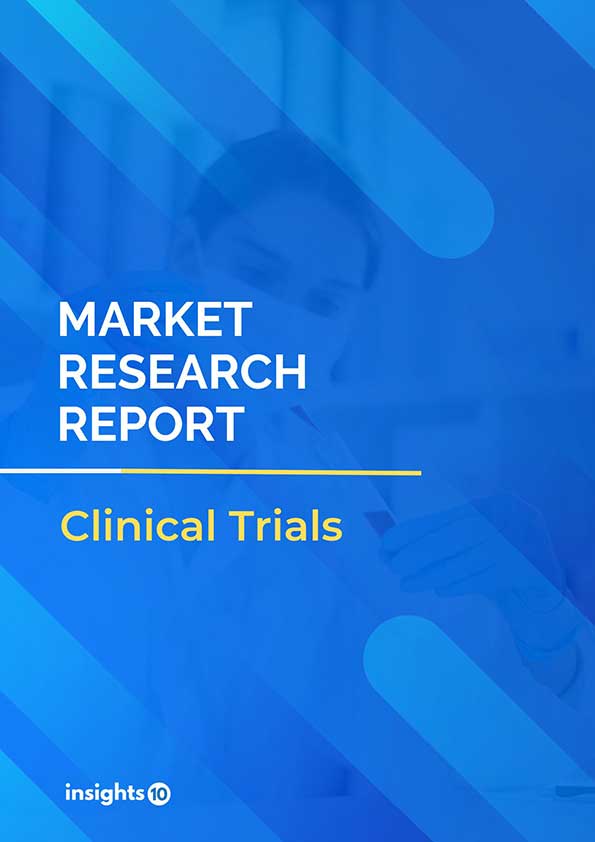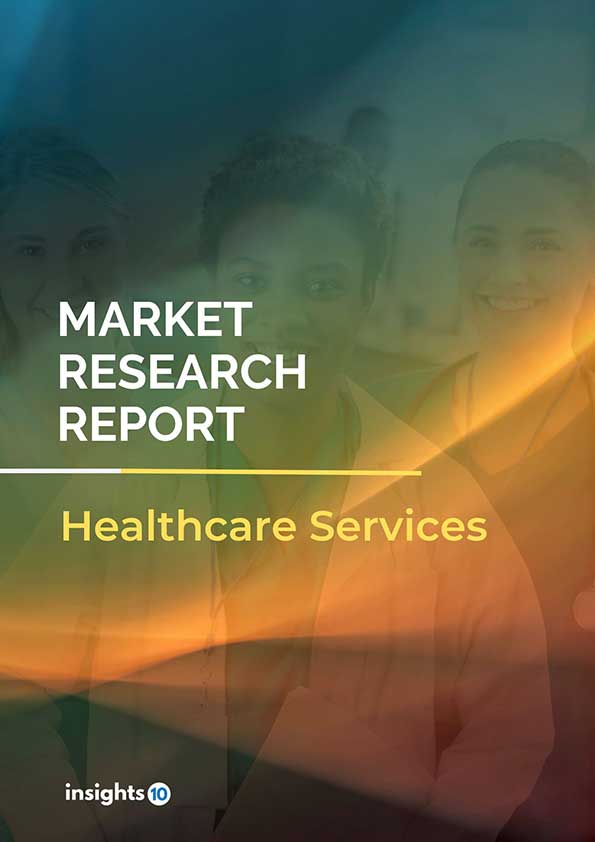Malaysia Neurology Clinical Trials Market Analysis
Malaysia's Neurology Clinical Trials market is projected to grow from $8.41 Mn in 2022 to $13.1 Mn by 2030, registering a CAGR of 5.7% during the forecast period of 2022-30. The market will be driven by a well-developed healthcare infrastructure and a large pool of potential study participants. The market is segmented by phase, by study design & by indication. Some of the major players include Pfizer Inc., Novartis AG & Merck Sharp & Dohme Malaysia.
Buy Now

Malaysia Neurology Clinical Trials Market Executive Summary
Malaysia's Neurology Clinical Trials market is projected to grow from $8.41 Mn in 2022 to $13.1 Mn by 2030, registering a CAGR of 5.7% during the forecast period of 2022-30. Clinical trials are mainly done at universities and government hospitals across Malaysia since the majority of cancer patients are sent to these facilities. The National Pharmaceutical Regulatory Agency is a department of the Ministry of Health with the authority to assess concerns concerning investigational product registration and permission for clinical trial import license (CTIL) or clinical trial exemption (CTX). Malaysia completed 215 clinical trials in 2021, the most ever recorded, ranking the nation second in Southeast Asia only to Singapore in terms of worldwide industry-supported research. In Malaysia, it is estimated that 8.5% of older individuals, or around 260,000 persons, have dementia. Also, there are around 15,000 to 20,000 Parkinson's patients, with a 9.5% growth projected by 2020 due to the elderly being more than 7% of the population.
Neurology clinical trials in Malaysia potentially take place in a variety of hospitals and research organizations around the nation. These studies might concentrate on a variety of neurological illnesses, including stroke, epilepsy, multiple sclerosis, Alzheimer's disease, and Parkinson's disease. In Malaysia, there are various hospitals and research centres that perform neurological clinical trials. University Malaya Medical Centre, Hospital Kuala Lumpur, Hospital Sultanah Bahiyah, Institute of Neuroscience, Sunway Medical Centre and others. The neurology clinical trials market in Malaysia is expected to continue growing in the coming years, driven by factors such as increasing investment in research and development, the rising prevalence of neurological disorders, and the country's favorable regulatory environment.

Market Dynamics
Market Growth Drivers
Asian nations have two major advantages for conducting clinical trials: big and diversified patient pools and decreased clinical trial costs. Malaysia has numerous intrinsic characteristics that make it a suitable location for conducting clinical trials, including a multi-ethnic population that is generally treatment-naive, affordable pricing, and established healthcare infrastructure. Moreover, Malaysia has had established expertise, resources, techniques, legislation, and staff in conducting clinical trials for over 20 years. The present Malaysian Economic Transformation Program (ETP) identifies clinical research as one of its primary economic development drivers. As a result, in order to encourage and enhance the number of clinical trials in the nation, the Malaysian government formed Clinical Research Malaysia (CRM) in 2012, with the goal of successfully boosting the timeliness, dependability, and delivery of results for all parties involved.
Market Restraints
Clinical trial funding in Malaysia may be restricted, particularly for those done by indigenous researchers. This might restrict the number of trials that can take place in the nation. In major cities, Malaysia has numerous well-established research institutes and hospitals; yet, infrastructure in rural regions may be lacking. This may restrict patients in remote locations’ access to clinical trials. Although English is widely spoken in Malaysia, some patients may have low skills in the language, making participation in clinical studies requiring sophisticated informed consent procedures challenging. It also faces competition from other countries in the area, such as Singapore and South Korea, which have comparably advantageous regulatory regimes and well-developed research infrastructure.
Competitive Landscape
Key Players
- Pfizer Inc.
- Novartis AG
- Roche
- Sanofi
- Merck & Co.
- Biogen
- Eli Lilly and Company
- AstraZeneca
- Merck Sharp & Dohme Malaysia (MYS)
- Hovid Berhad (MYS)
- Pharmaniaga Berhad (MYS)
- Kotra Pharma (M) Sdn Bhd (MYS)
- Apex Healthcare Berhad (MYS)
Healthcare Policies and Regulatory Landscape
Clinical trials in Malaysia are governed by the Ministry of Health's National Pharmaceutical Regulatory Agency (NPRA). The NPRA guarantees that all clinical trials performed in Malaysia adhere to the ethical and regulatory standards established by the International Conference on Harmonization of Technical Requirements for Pharmaceuticals for Human Use (ICH) and the World Health Organization (WHO).
1. Executive Summary
1.1 Disease Overview
1.2 Global Scenario
1.3 Country Overview
1.4 Healthcare Scenario in Country
1.5 Clinical Trials Regulation in Country
1.6 Recent Developments in the Country
2. Market Size and Forecasting
2.1 Market Size (With Excel and Methodology)
2.2 Market Segmentation (Check all Segments in Segmentation Section)
3. Market Dynamics
3.1 Market Drivers
3.2 Market Restraints
4. Competitive Landscape
4.1 Major Market Share
4.2 Key Company Profile (Check all Companies in the Summary Section)
4.2.1 Company
4.2.1.1 Overview
4.2.1.2 Product Applications and Services
4.2.1.3 Recent Developments
4.2.1.4 Partnerships Ecosystem
4.2.1.5 Financials (Based on Availability)
5. Reimbursement Scenario
5.1 Reimbursement Regulation
6. Methodology and Scope
Neurology Clinical Trials Market Segmentation
By Phase (Revenue, USD Billion):
- Phase I
- Phase II
- Phase III
- Phase IV
By Study Design Outlook (Revenue, USD Billion):
- Epilepsy
- Parkinson's Disease (PD)
- Huntington's Disease
- Stroke
- Traumatic Brain Injury (TBI)
- Amyotrophic Lateral Sclerosis (ALS)
- Muscle regeneration
- Others
By Indication Outlook (Revenue, USD Billion):
- Interventional
- Observational
- Expanded Access
Methodology for Database Creation
Our database offers a comprehensive list of healthcare centers, meticulously curated to provide detailed information on a wide range of specialties and services. It includes top-tier hospitals, clinics, and diagnostic facilities across 30 countries and 24 specialties, ensuring users can find the healthcare services they need.
Additionally, we provide a comprehensive list of Key Opinion Leaders (KOLs) based on your requirements. Our curated list captures various crucial aspects of the KOLs, offering more than just general information. Whether you're looking to boost brand awareness, drive engagement, or launch a new product, our extensive list of KOLs ensures you have the right experts by your side. Covering 30 countries and 36 specialties, our database guarantees access to the best KOLs in the healthcare industry, supporting strategic decisions and enhancing your initiatives.
How Do We Get It?
Our database is created and maintained through a combination of secondary and primary research methodologies.
1. Secondary Research
With many years of experience in the healthcare field, we have our own rich proprietary data from various past projects. This historical data serves as the foundation for our database. Our continuous process of gathering data involves:
- Analyzing historical proprietary data collected from multiple projects.
- Regularly updating our existing data sets with new findings and trends.
- Ensuring data consistency and accuracy through rigorous validation processes.
With extensive experience in the field, we have developed a proprietary GenAI-based technology that is uniquely tailored to our organization. This advanced technology enables us to scan a wide array of relevant information sources across the internet. Our data-gathering process includes:
- Searching through academic conferences, published research, citations, and social media platforms
- Collecting and compiling diverse data to build a comprehensive and detailed database
- Continuously updating our database with new information to ensure its relevance and accuracy
2. Primary Research
To complement and validate our secondary data, we engage in primary research through local tie-ups and partnerships. This process involves:
- Collaborating with local healthcare providers, hospitals, and clinics to gather real-time data.
- Conducting surveys, interviews, and field studies to collect fresh data directly from the source.
- Continuously refreshing our database to ensure that the information remains current and reliable.
- Validating secondary data through cross-referencing with primary data to ensure accuracy and relevance.
Combining Secondary and Primary Research
By integrating both secondary and primary research methodologies, we ensure that our database is comprehensive, accurate, and up-to-date. The combined process involves:
- Merging historical data from secondary research with real-time data from primary research.
- Conducting thorough data validation and cleansing to remove inconsistencies and errors.
- Organizing data into a structured format that is easily accessible and usable for various applications.
- Continuously monitoring and updating the database to reflect the latest developments and trends in the healthcare field.
Through this meticulous process, we create a final database tailored to each region and domain within the healthcare industry. This approach ensures that our clients receive reliable and relevant data, empowering them to make informed decisions and drive innovation in their respective fields.
To request a free sample copy of this report, please complete the form below.
We value your inquiry and offer free customization with every report to fulfil your exact research needs.








































